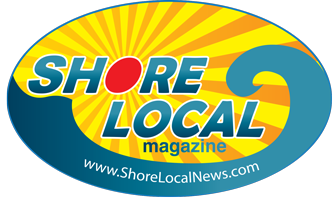The Bottom Line
By Keith Dawn
I deal with a lot of folks who struggle between being busy and being productive. Many of us will stay busy throughout the day, but by the end of the week, we feel like we haven’t accomplished much. Does this ever happen to you? Stuff gets in the way of us using our time effectively. In order to be productive, we have to say no to the things that don’t add value to our lives or career.
I work with clients whose biggest complaint is that they can’t get the most important things done that NEED to get done. There are bills to be paid, meetings to attend, reports to be written, even floors to be swept. All these tasks need to be done, however, are they the things that create the most value for your life and business. Remember the article on AI and how we should embrace it? If we can trust AI to do the repetitive and menial tasks, we can then focus on the most important things in life that will make a difference.
In the realm of business and personal development, the 80/20 rule, also known as the Pareto Principle, has emerged as a powerful concept to enhance efficiency and productivity. It states that roughly 80% of the results come from 20% of the efforts. This principle can be applied to various aspects of life, from time management and goal setting to resource allocation and problem-solving. Understanding and utilizing the 80/20 rule can lead to significant improvements in both professional and personal endeavors.
Applying the 80/20 Rule:
1. Time Management: By identifying the most crucial 20% of tasks that yield 80% of the desired outcomes, individuals can focus their efforts on the activities that truly matter. This means prioritizing and delegating tasks, eliminating time-wasting activities, and dedicating more energy to high-impact actions.
2. Goal Setting: When setting goals, you can concentrate on the vital few objectives that will generate the majority of the desired results. By identifying the 20% of goals that will contribute to 80% of your success, you can streamline efforts and avoid spreading yourself too thin.
3. Productivity and Efficiency: By focusing on the 20% of methods that generate the majority of results, individuals can eliminate unnecessary steps, optimize workflows, and make the most of your resources.
4. Problem Solving: By identifying the root causes, a small number of factors contribute to the majority of problems. By pinpointing and addressing these factors, individuals and organizations can resolve issues more effectively and allocate resources accordingly.
5. Resource Allocation: In business management, the 80/20 rule can guide resource allocation decisions. By identifying the key areas that contribute the most to the desired outcomes, organizations can allocate their time, money, and manpower more efficiently. This ensures that resources are focused on activities that generate the highest return on investment.
It’s essential to recognize the limitations of the 80/20 rule. While it provides a valuable framework for decision-making, it is not a rigid formula that applies universally to all situations. The 80/20 split may vary, and sometimes it might be the 90/10 or 70/30 rule. Context and circumstances play a significant role in determining the exact distribution.
Until next time, have a successful week.
Keith is a seasoned media executive and former publisher for The Press of Atlantic City.
Keith is now a business coach/advisor and CEO of his own consulting firm called Strategic Growth Partners. He’s passionate about helping businesses grow. He can be reached at keith.dawn@sgpCoach.com or you can visit his website for more detailed information at https://www.sgpcoach.com.






